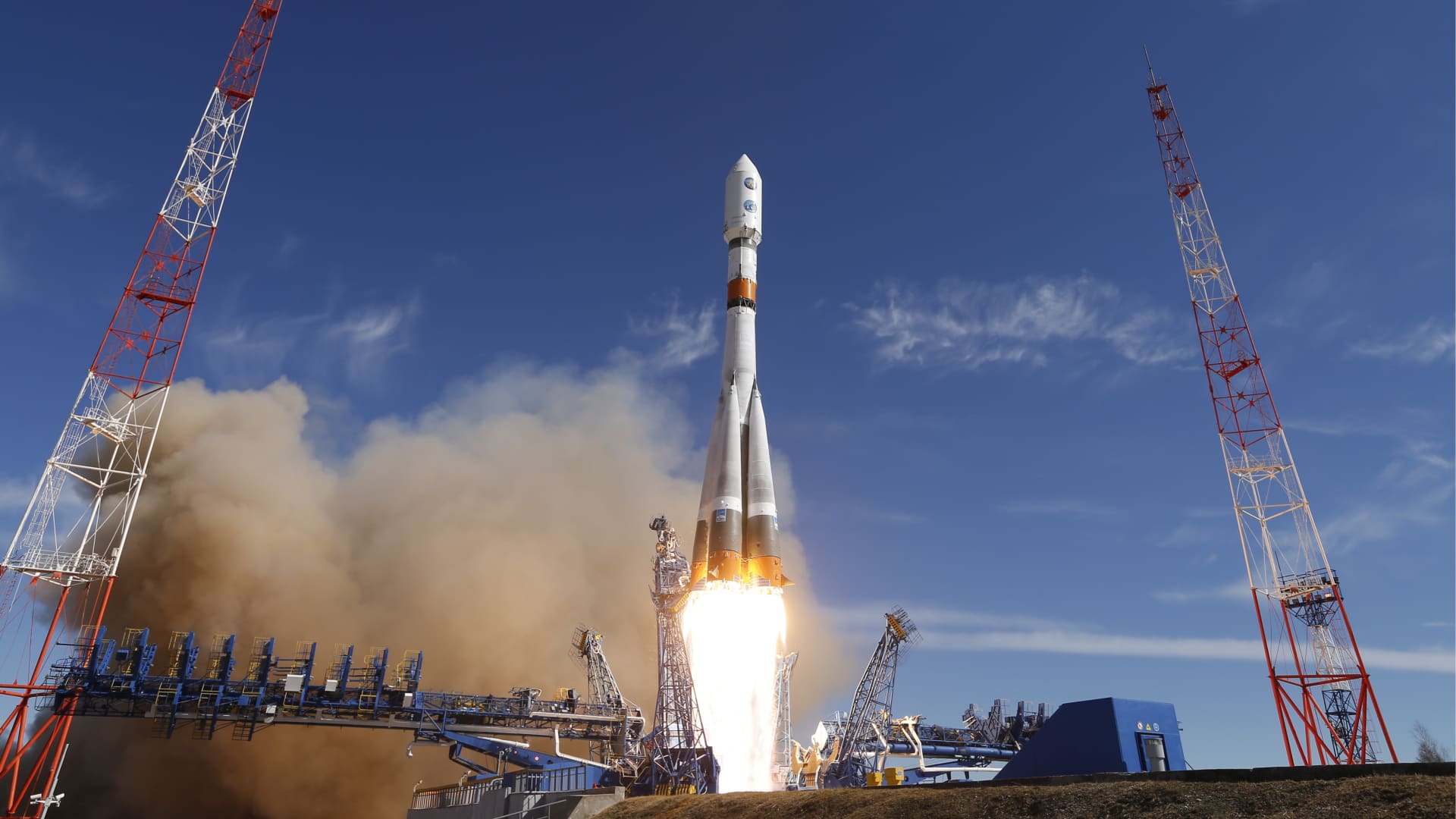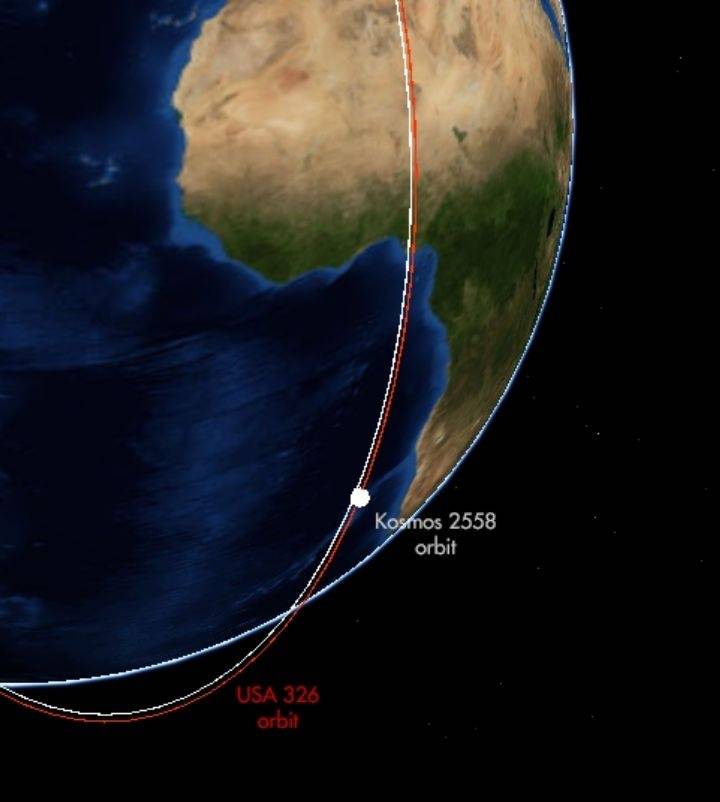An American military general expressed outrage over the recently launched Russian satellite Kosmos 2558. The military is convinced that the Russian device is chasing the American one in orbit.

The commander of the US Space Command, James Dickinson, in an interview with NBC News, called the launch of the Russian satellite Kosmos 2558 irresponsible behavior. The General also said that the combat command is monitoring the satellite and trying to determine its true goals, because its orbit coincides with the orbit of the US spacecraft USA 326.
“We see that it is in an orbit similar to one of our valuable spacecraft. We will continue to monitor it,” Dickinson said.
Kosmos 2558 and USA 326
On August 1, Russia launched Kosmos 2558 into the same orbital plane as the military satellite USA 326. The American spacecraft launched in February on a SpaceX Falcon 9 rocket. Experts tracking the orbits of both satellites have serious suspicions that the Russian satellite is spying on the American one.
The Russian spacecraft was launched at a time when an American satellite was passing over the Plesetsk cosmodrome. According to Marco Langbroek, professor of astrodynamics at Delft Technical University in the Netherlands, the orbits of both satellites have deviations of only 0.04 degrees, and their minimum convergence occurs at a distance of 75 km. However, a Russian satellite can maneuver in orbit to get closer to an American military satellite and possibly observe it to determine its purpose.

This is not the first time that Russia has sent spy satellites to spy on US military vehicles in orbit. In 2020, a Russian satellite called Kosmos 2542 was chasing USA 245, an electro-optical reconnaissance satellite in low Earth orbit. It may not be the best practice, but it’s not exactly illegal to monitor the orbit of another satellite in space. Although the US government will complain, in the end there is nothing it can do.
Earlier we talked about satellite warfare technologies, or how to destroy an object in orbit.
According to Gizmodo
Follow us on Twitter to get the most interesting space news in time
https://twitter.com/ust_magazine

